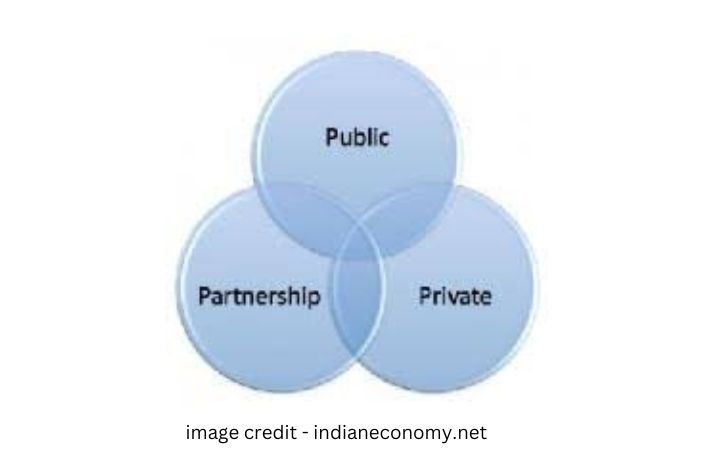Introduction
A Public-Private Partnership (PPP) is an agreement between the public sector and private enterprises to deliver projects or services traditionally managed by public entities. These partnerships aim to leverage the management expertise and financial resources of private entities to enhance value for taxpayers, provided effective cooperative frameworks are in place.
Advantages of PPPs
PPPs can significantly enhance the quality, efficiency, and competitiveness of public services. They are a mechanism to supplement the constrained capacities of the public sector, providing access to additional funding in times of fiscal limitations. Utilizing the operational efficiencies of private enterprises, PPPs ensure better quality services and accelerate infrastructure development.
Concerning aspects like airports and the provision of air navigation services, States must not forget their basic accountability related to security, safety, and economic supervising control. ICAO’s Doc 9082, which focuses on Policies on Charges for Airports and Air Navigation Services, as well as papers that go in tandem, highlight this fact. While privatization and commercialization are tools for improving operational efficiency, they should not compromise a State’s obligations under international agreements, such as the Chicago Convention and its annexes.
Applications and Benefits
PPPs are instrumental in delivering large-scale projects requiring specialized skills and substantial financial investments. They are particularly valuable in:
Transportation
Financing, constructing, and operating roads, bridges, tunnels, airports, seaports, railways, and public transit systems.
Power and Energy
Building electricity generation plants, transmission lines, and natural gas pipelines.
Water and Wastewater
Designing and managing water treatment facilities, desalination plants, and sewer systems.
Telecommunications
Funding broadband networks and other infrastructure rollouts.
Healthcare
Developing hospitals, clinics, and healthcare centers.
Education
Building schools, colleges, and universities.
Social Infrastructure
Financing facilities like prisons, courthouses, and public housing.
PPP Delivery Models
PPPs involve a range of models, each with its own structures and responsibilities:
Design-Build (DB)
The private sector designs and constructs infrastructure based on public specifications, assuming all associated risks.
Operation and Maintenance (O&M)
The private entity operates a publicly owned asset for a defined period, while ownership remains with the public sector.
Design-Build-Finance-Operate (DBFO)
The private partner designs, finances, builds, and operates an asset under a long-term lease, transferring ownership to the public entity upon lease termination.
Build-Own-Operate (BOO)
A private entity finances, builds, owns, and operates the infrastructure in perpetuity while being subject to public regulation.
Build-Own-Operate-Transfer (BOOT)
A private entity finances, designs, constructs, and operates an asset, eventually transferring ownership to the public sector.
Buy-Build-Operate (BBO)
Publicly owned assets are transferred to a private partner for a designated term.
Build-Lease-Operate-Transfer (BLOT)
The private partner builds a facility on leased public land, operates the same during the lease period, and transfers the ownership when the lease period expires.
License to Operate
A private entity receives a license to provide a public service for a fixed period of time; this license is primarily used for IT projects.
Finance Only
A private financial entity finances infrastructure projects. It charges interest to the public sector for its fund use.
Global Trends in PPPs
Despite increased private sector involvement, most airports and other infrastructure assets around the world are still publicly owned. According to the Airports Council International Policy Brief of April 2017, 86% of the 4,300 airports with scheduled traffic are owned by the public, while only 14% have private sector involvement. However, these privatized airports account for more than 40% of the world’s passenger traffic, demonstrating the efficiency and service quality improvements private participation can offer.
The ACI Inventory of privatized airports indicates that Europe leads with 266 privately involved airports, followed by the Asia-Pacific region with 162. This trend shows how interest in private sector investment is growing, especially in high-traffic markets in which private entities are driven by passenger service quality and profitability.
Challenges and Considerations
Although there are advantages to PPPs, there are also significant challenges:
Complexity
PPP projects involve many stakeholders and usually long-term contracts, making the decision-making process complex and prone to political influences.
Long-Term Commitments
The lengthy nature of PPP contracts does not allow easy changes and exit from agreements that become unfavorable.
Risk of Overruns and Delays on Budget and Schedule
Large-scale PPP projects are financed by private sectors, which are vulnerable to budget and schedule overruns.
Rationales for Continued Use
Some arguments and rationales have been used to justify the continued use of PPPs that address the issues mentioned earlier:
Value for Money
Comparing private sector bids against hypothetical public sector costs ensures cost-effectiveness.
Risk Transfer
By transferring risks to the private sector, PPPs incentivize private partners to minimize risks to safeguard profits.
Innovation
Private entities bring agility and expertise, foster innovation, and adopt advanced technologies.
Off-Balance-Sheet Accounting
PPPs allow public entities to achieve infrastructure goals without incurring additional debt, keeping projects off public sector balance sheets.
Case Studies in PPPs
The ICAO Secretariat has prepared case studies on successful PPP implementations in the aviation sector:
Airports
Brazil, China, Congo, France, India, Jamaica, Jordan, Saudi Arabia, South Africa, and the United States.
Air Navigation Service Providers (ANSPs)
United States.
These examples illustrate the varied applications and successes of PPPs in addressing infrastructure needs.
Conclusion
Public-Private Partnerships are a valuable approach to delivering public infrastructure and services. Through private sector expertise, financing, and operational efficiency, PPPs can improve service quality and speed up project delivery. However, they require careful planning, robust contractual frameworks, and vigilant oversight to ensure that they align with public interests and international obligations. As the demands for infrastructure grow globally, PPPs will continue to play a pivotal role in bridging gaps and driving innovation in public services.










